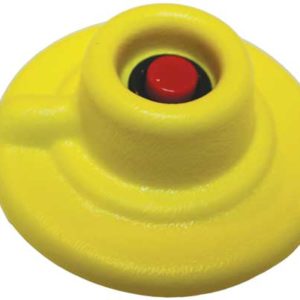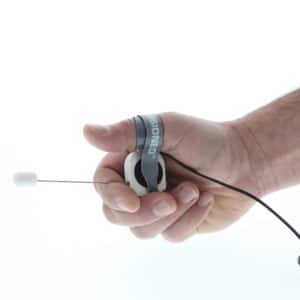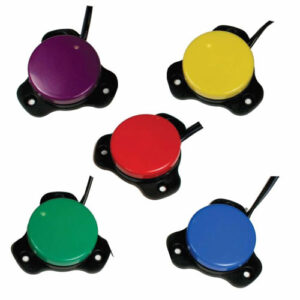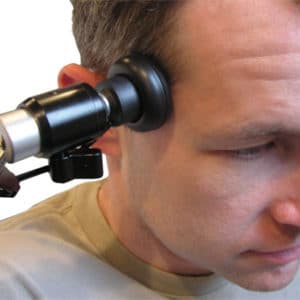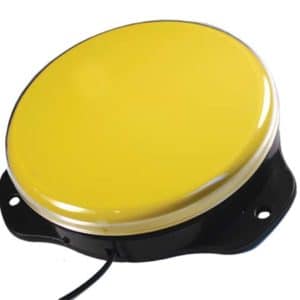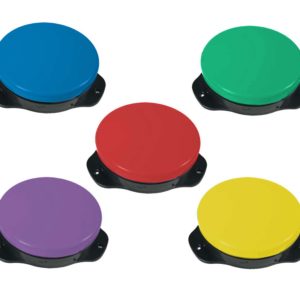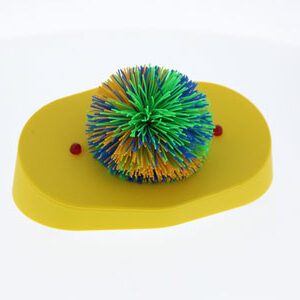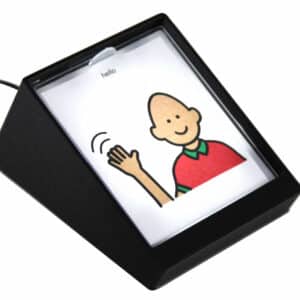Switches - Adaptive
Categories
- Gumballs & Jumbos
- Hand, Finger & Body Switches
- Lights, Vibration and Music Switches
- Pillow Switches
- Plate Switches
- Saucer Switches
- Sip, Puff & Mouth Switches
- Special Switch Offer
- Special Switches & Kits
- Switch Modifiers
- Textured Switches
- Theme & Animal Switches
- Wheelchair & Bedside Switches
- Wireless, Movement & Sound Activated Switches
-
Finger Isolation ButtonSKU #716The recessed button on this uniquely designed switch encourages practice of fine motor and finger isolation skills needed for mastery of computers and touchscreen devices. This product is also available at a discounted price if you order it as part of our Switch Special Offer - #736W$65.95
Add to cart
-
Finger SwitchSKU #717A wearable switch for persons with limited mobility. The slightest movement on the switch activates a device.$94.95
Add to cart
-
You’ll gush over our Gooshy Switch with Lights, Vibration & Music! This soft, squishy, sparkly pillow it enables users to reap any or all rewards with the touch of a switch.$149.95
Add to cart
-
Grip and Puff SwitchSKU #700Perfect for those with severe mobility challenges, this pneumatic switch is activated by a gentle squeeze of its vinyl grip or by puffing on its mouth tube. To view accessories for this item click accessories tab below.$129.95
Add to cart
-
Choose the one that fits your needs! We’ve added our popular Gumball or Head Switch to our Easy Flex Mount. Bend the flexible arm and position the switch anywhere.$109.95 – $119.95
Select options This product has multiple variants. The options may be chosen on the product page
-
Gumball SwitchesSKU #782WRecognized for their high quality and dependability, these best-selling switches feature a 2½" activation surface. To view accessories for this item click accessories tab below. Item #782R is also available at a discounted price if you order it as part of our Switch Special Offer - #736W$59.95 – $259.95
Select options This product has multiple variants. The options may be chosen on the product page
-
Head SwitchSKU #705Ideal for the user who isn’t able to activate a switch manually, this mountable switch can be activated with very light pressure and is also maneuverable with pressure from the knee, elbow or another body part.$79.95
Add to cart
-
Jumbo Switch w/VibrationSKU #791Ideal for those with visual impairment of with limited motor control, this Jumbo Switch also provides sensory stimulation.$72.95
Add to cart
-
Jumbo SwitchesSKU #787WAvailable in a range of bright colors, our super-improved Jumbo Switches have large surface areas that are perfect for people with limited target ability. To view accessories for this item click accessories tab below.$65.95 – $289.95
Select options This product has multiple variants. The options may be chosen on the product page
-
Koosh SwitchSKU #883Everyone will love our unique Koosh Switch! Use it as a toy and be rewarded with lights, music and vibration.$119.95
Add to cart
-
Ladybug SwitchSKU #729Improved design! Everyone is drawn to this colorful ladybug. With the gentlest touch, this colorful switch gives users a choice of lights, music and/or vibration.$149.95
Add to cart
-
LED Plate Switch for the VISKU #7459This versatile light-up switch has three light settings: Light goes on when the plate is pressed; light goes off when the plate is pressed; or no light at all.$105.95
Add to cart

